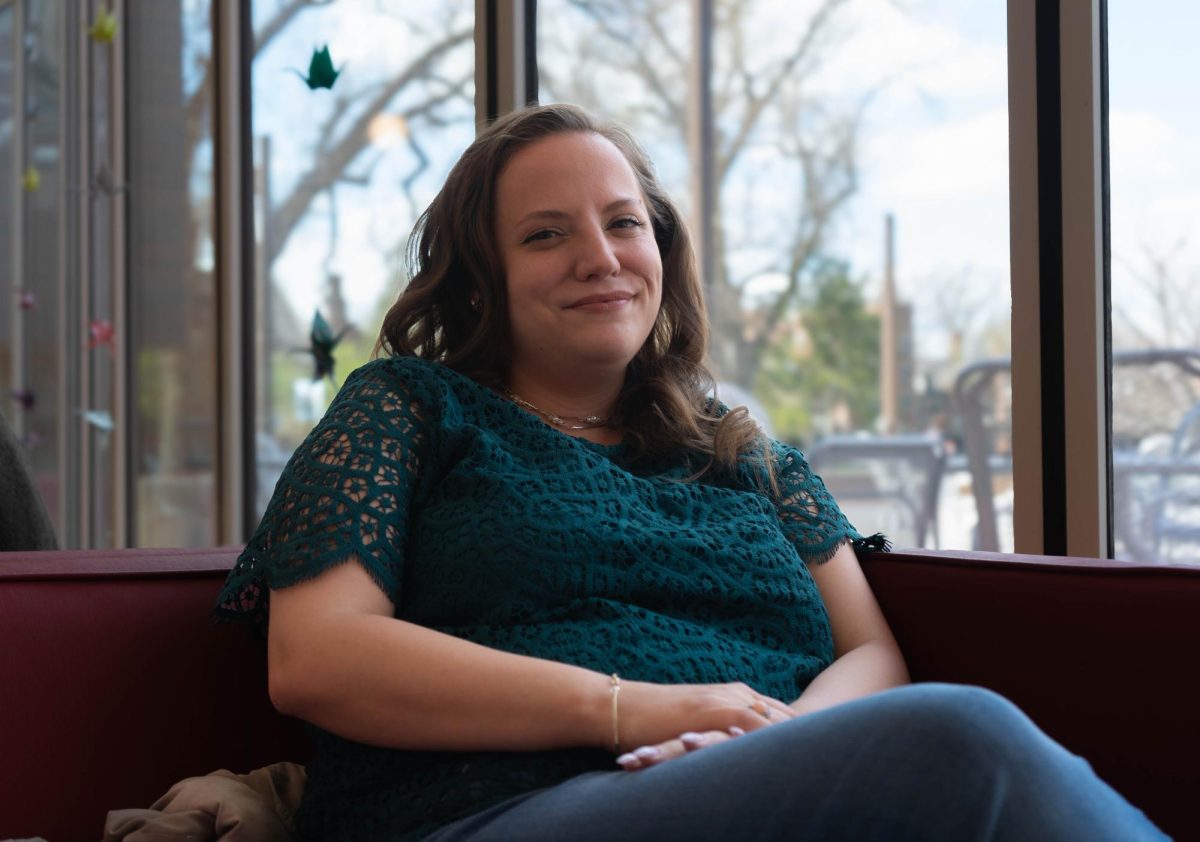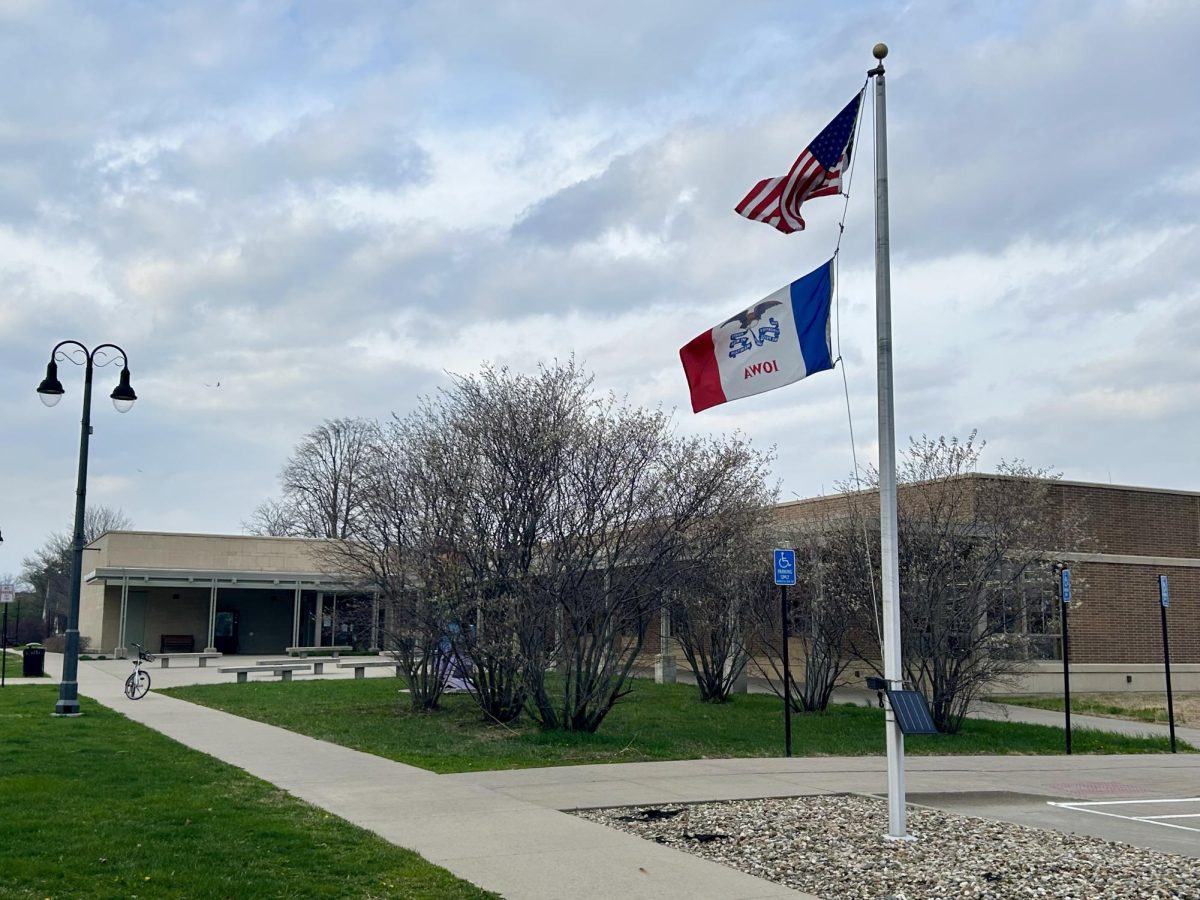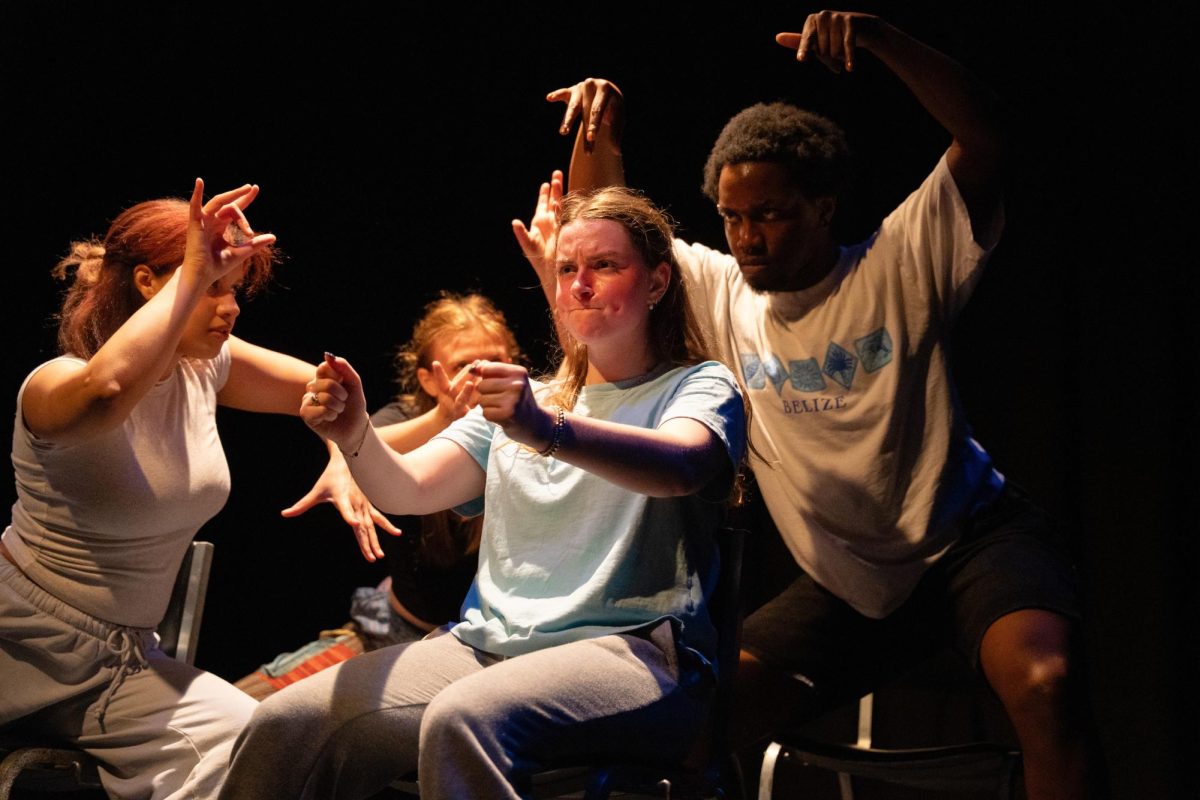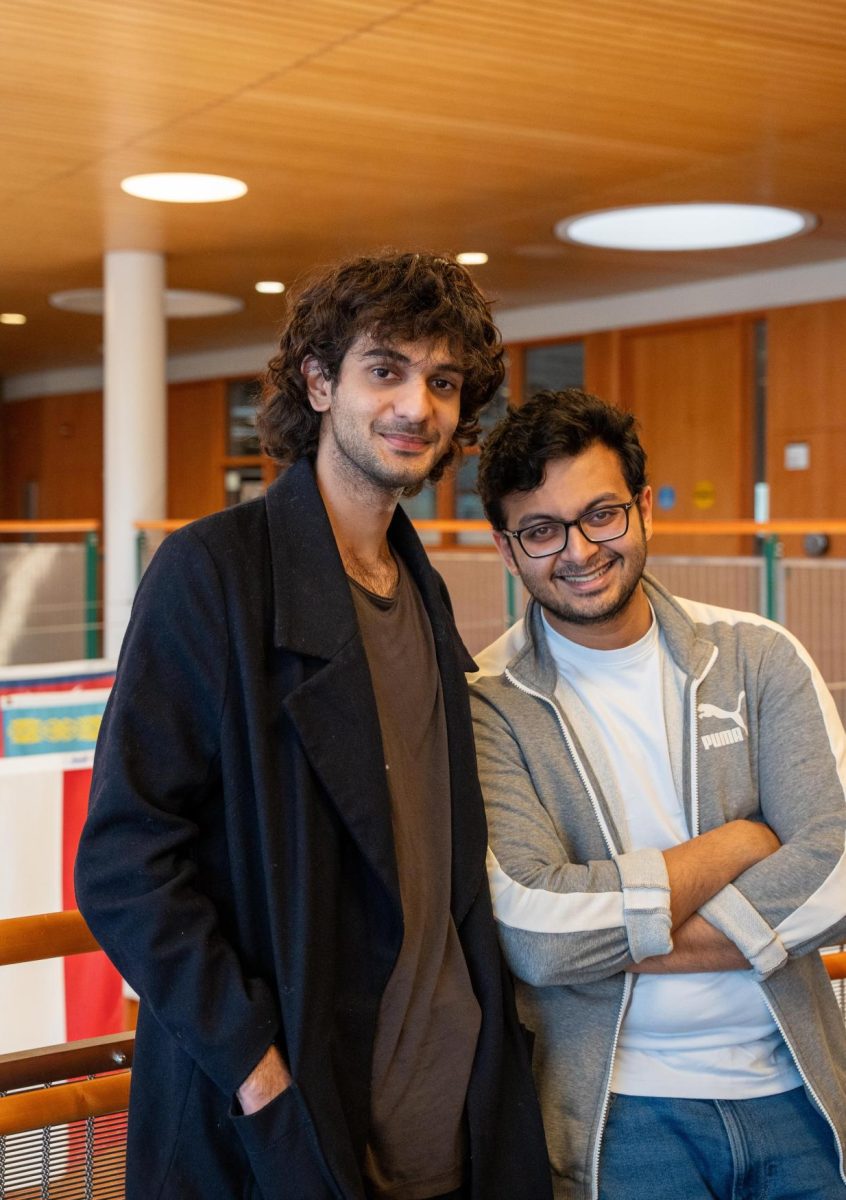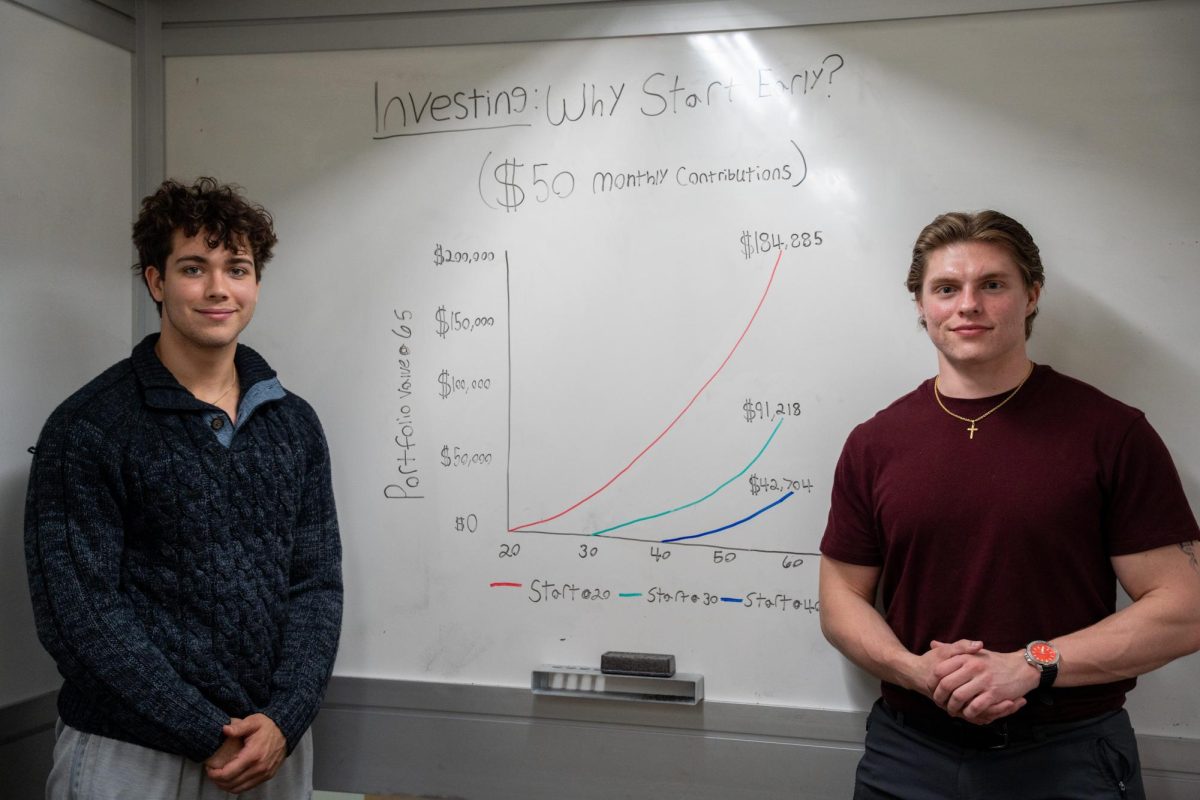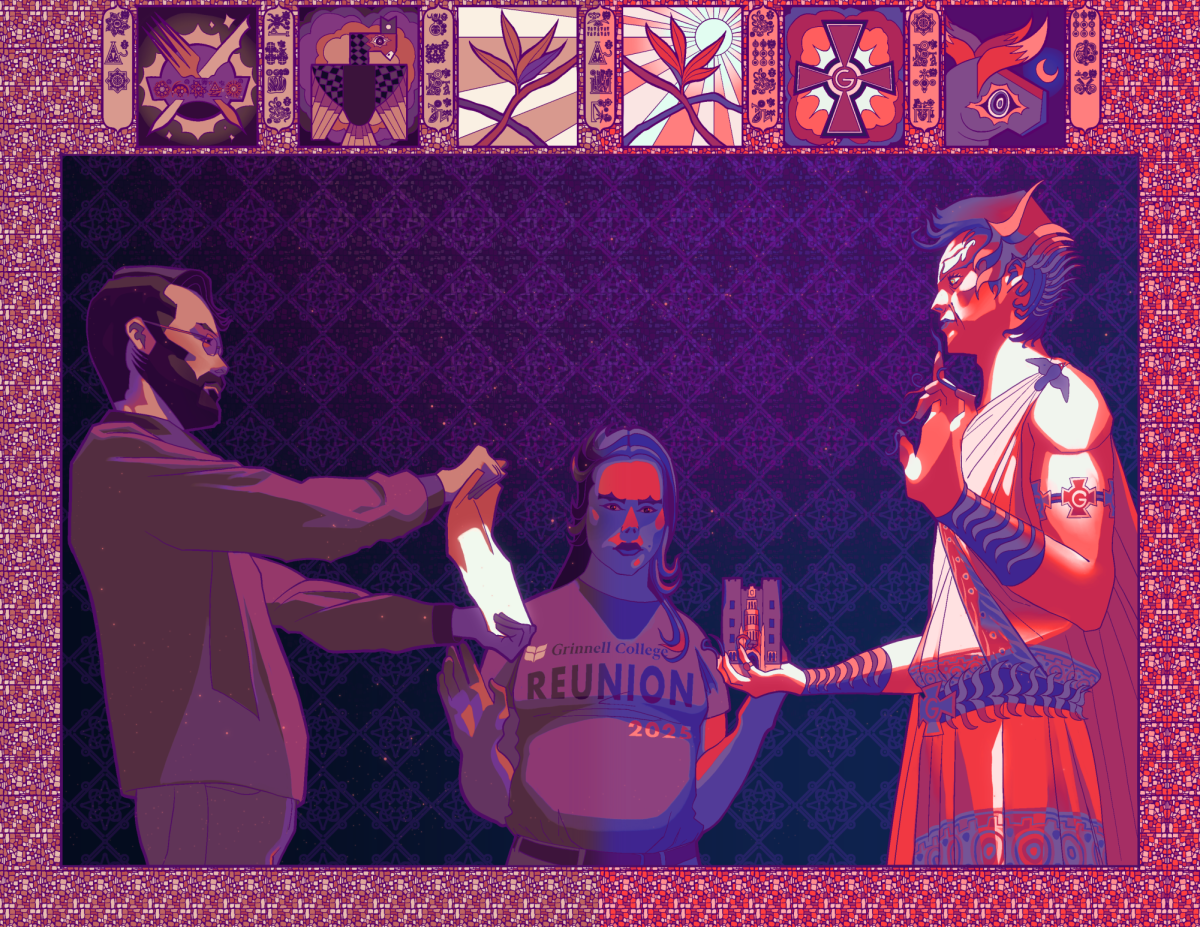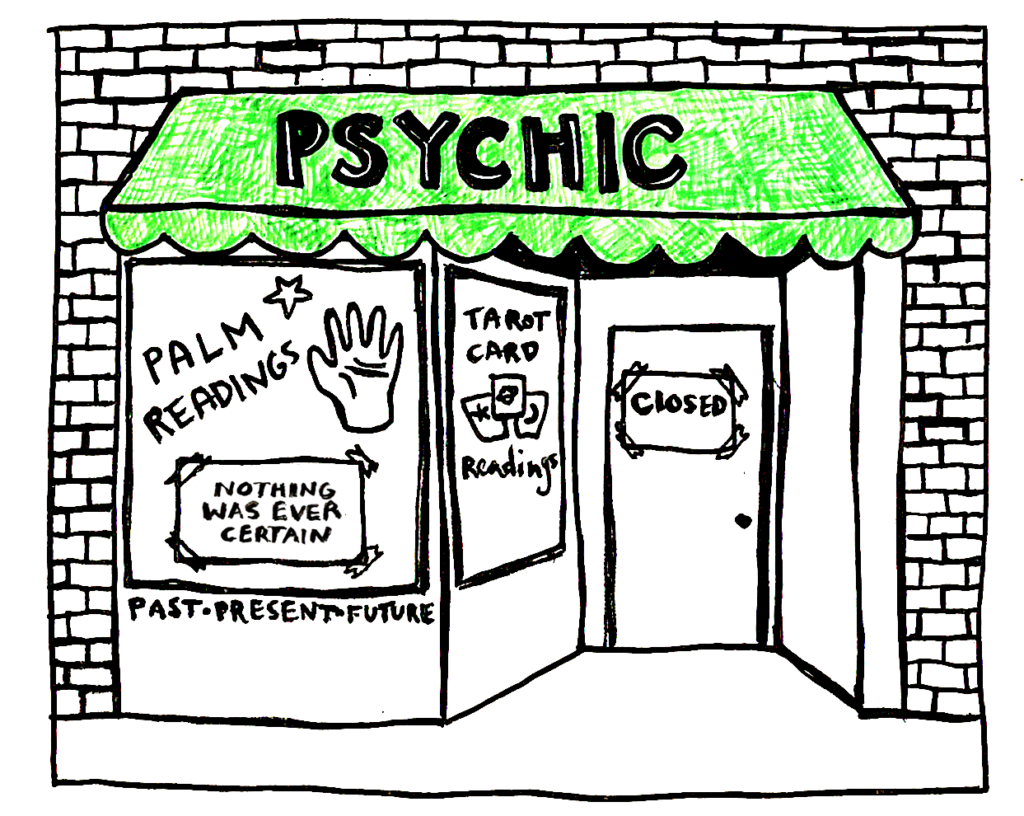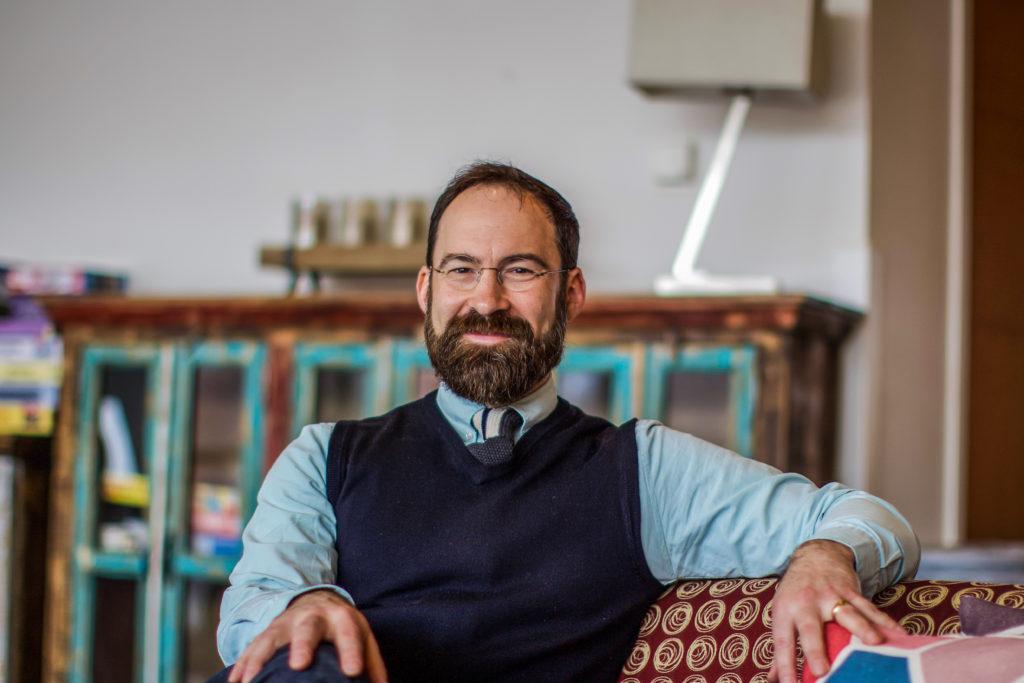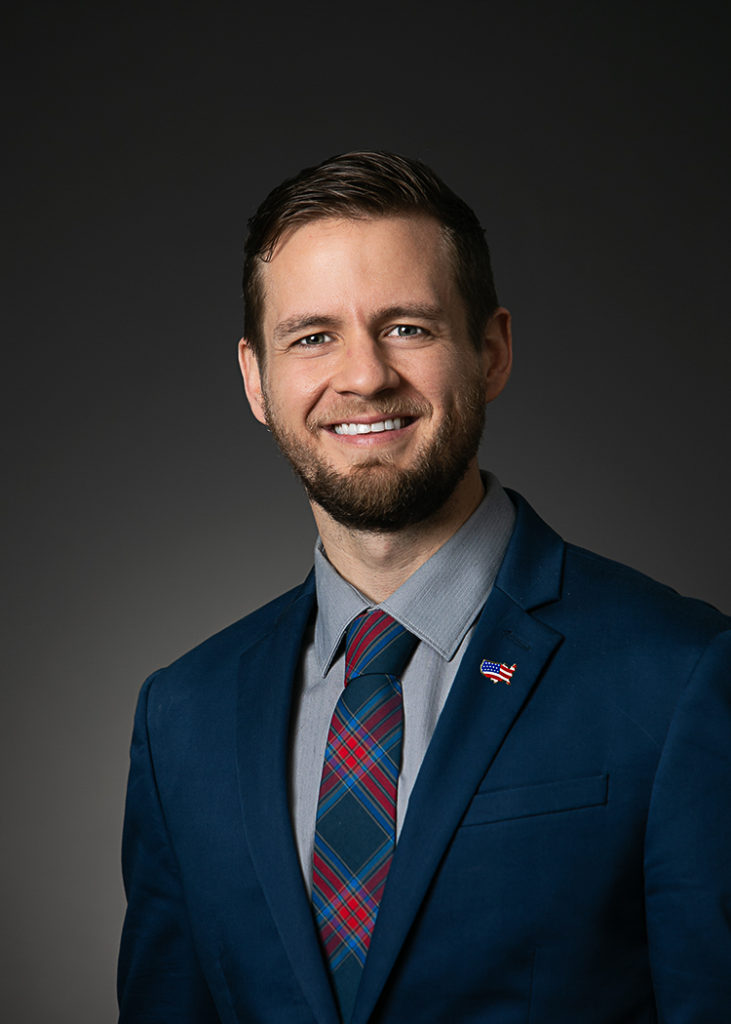By Kasey Fralick
fralickk@grinnell.edu
Innovative Learning. Social justice. Free expression. All of these ideas are facets of the Grinnell experience, but which one would be the best model to shape the College’s image? The College hired market research firm Art & Science Group to conduct a study to better understand this question and help it decide which of the three themes to emphasize in its communications with the outside world.
The survey consisted of 401 phone interviews with alumni administered between Feb. 28 and March 20. Art & Science interviewed 213 current donors, 94 lapsed donors, and 94 non-donors. The College also surveyed prospective and inquiring students.
One current issue with the College’s image, according to Vice President of Communications Jim Reische, is that Grinnell does not display an overarching theme.
“[Grinnell] does not really have a clear image in the public eye. Right now, we try to be a lot of different things to a lot of people,” Reische said.
One of the sections of the study asked alumni to choose which one of three “character models” they preferred.
The “Social Justice College” model presents the College as a place “nationally recognized for its extraordinary focus on social justice and community activism [where] all students are encouraged to live their lives in ways that advance ethics and social justice.”
Another possible image, the “Innovative Learning College”, focused more on Grinnell’s inventive approaches to education, with courses that focus on problem solving, hands-on experience, and non-traditional learning instead of textbooks. “A student may take an intensive course one at a time over an intensive-three week period, and others may follow a traditional schedule of four or five courses over a semester. Some classes cover subject matter in the classroom and then travel domestically or internationally to experience it directly,” the description states.
The last model, the “Free Expression College,” emphasizes Grinnell’s traditions of acceptance, non-conformity and self-governance.“Students here feel that they live in a community that does not require them to conform and that respects and accepts who they are,” states the Free Expression model. It also says, “No one viewpoint dominates the culture at this school.”
“Each character model is a description of Grinnell today,” Meg Jones Bair, Director of Donor Relations, said in an email.
Forty-five percent of alumni, donors and non-donors favored the innovative learning model, while 31 percent preferred the social justice model and only 17 percent preferred the free expression model.
Similarly, a minority of prospective and inquiring students chose social justice as their preferred image for the College as expected.
“I was a little surprised about social justice,” Reische said.
This might be due to the increasing emphasis students and parents are placing on education as the most important part of the college experience. He said he was also surprised that the free expression model, the one that deals with self-governance, did not fare better.
Even though the free expression and social justice models were less popular, they will still be a part of the Grinnell image. However, the results of the survey might influence what image is expressed first to inquirers when the College sends out information, according to Reische. In addition, he said this information might affect how the College creates its new website.
“We will be incorporating academic content into the programming we take out to the alumni across the country as well as working with Communications to get academic content out via the College website,” Bair said.
The survey also found out other facts about alumni, specifically the ways they would like to be involved in the college community, and how they receive information from the college. For example, according to the survey results, 59 percent of the respondents were very or somewhat likely to speak to or mentor students about careers, and 49 percent were very or somewhat interested in assisting with one-time volunteer needs. This survey could help the college seek out such alumni more efficiently.
“We need our alums, not only as donors, but as mentors,” Reische said.
The survey also found that the largest group of alumni, 43 percent, said they are most interested in donating to fund scholarships for low and middle-income students. Only 17 percent said they were interested in giving to strengthen student life outside the classroom, and 3 percent said they would donate to fund expanding enrollment to compete with colleges with enrollments over 2,000 students.
The survey was conducted randomly to ensure that no variables, such as age, could skew the results.
Overall, Reische hopes the study will be an effective tool to help the College communicate with alumni more effectively.
“We are really excited to have good, really robust data,” Reische said.
*Correction: An earlier version of this article did not appropriately contextualize Vice President Jim Reische’s quote. ““I was a little surprised about social justice” referred to inquiring and prospective students stance on social justice as an image for the College, not alumni’s opinion.




